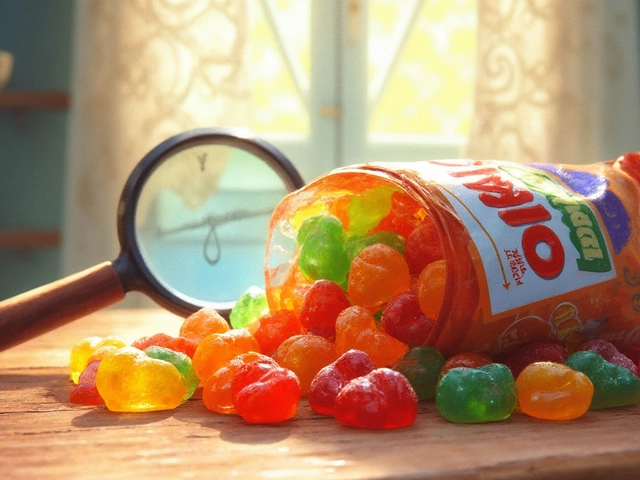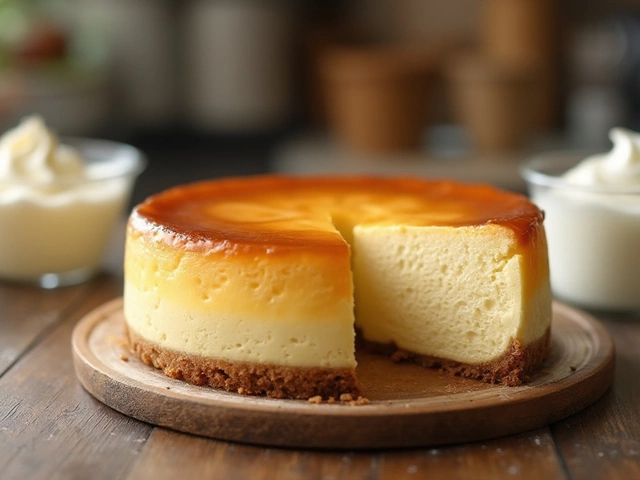Weeping Pavlova: Quick Fixes for a Dry‑Free Meringue
If you’ve ever sliced into a beautiful pavlova only to see a soggy pool of juice, you know the frustration. That soggy mess is called "weeping" and it’s caused by moisture sneaking into the crisp shell. The good news? You can stop it with a few easy tweaks to your recipe and baking routine.
Why Pavlova Weeps
The main culprits are under‑cooked meringue and sudden temperature changes. When the interior stays too soft, humidity from the air or the fruit topping seeps in, turning the crunchy edge into a soft, wet crust. Using fresh egg whites, whipping them to stiff peaks, and adding a pinch of acid (like cream of tartar or a splash of lemon juice) creates a stable foam that holds up better.
Another hidden factor is the oven. Too much moisture in the oven (from steam or a door that’s opened too often) adds extra humidity, encouraging weeping. Baking at a low, steady temperature (around 120‑130°C/250‑265°F) and letting the pavlova cool inside the turned‑off oven helps dry out the shell without shocking it.
Step‑by‑Step to a Non‑Weeping Pavlova
1. Prep the meringue right. Separate eggs carefully—any yolk drops will stop the whites from forming peaks. Whisk until you see firm peaks, then gradually add super‑fine sugar (about 1 cup for 4 large whites). Keep whisking until the sugar dissolves; a quick test is to rub a small amount between fingers—no gritty feel means it’s ready.
2. Add a stabiliser. A pinch of cream of tartar (¼ tsp) or a teaspoon of corn‑starch mixed into the sugar helps the foam stay firm. This also gives the shell a slightly chewy texture that resists moisture.
3. Shape and bake low. Spoon the meringue onto a parchment‑lined tray, making a shallow well in the center for fruit later. Bake at 120°C (250°F) for 1½‑2 hours, then turn the oven off and leave the door ajar for another hour. This slow cooling prevents a sudden temperature drop that can cause cracks and trap steam inside.
4. Store properly. Once completely cool, keep the pavlova in an airtight container at room temperature. If you need to store it longer, a sealed tin works best. Avoid the fridge—cool air condenses on the crisp shell and speeds up weeping.
5. Add fruit just before serving. Fresh berries, kiwi, or passion fruit are delicious, but the juice they release will make the shell soggy if left too long. Spoon the fruit on right before you serve, and you’ll keep that satisfying crunch.
Following these steps gives you a pavlova that stays crispy on the edges and only soft in the center where the whipped cream sits. The key is low heat, gradual cooling, and keeping moisture out until the last minute.
Next time you bite into a slice, you’ll hear that satisfying crack instead of a wet sigh. Happy meringuing!

How to Fix a Weeping Pavlova: Foolproof Tips for Perfect Meringues
Fixing a soggy, weeping pavlova doesn't have to be a disaster. Learn what causes weeping, stop it in its tracks, and save your dessert with these easy, practical baking fixes.
View More




